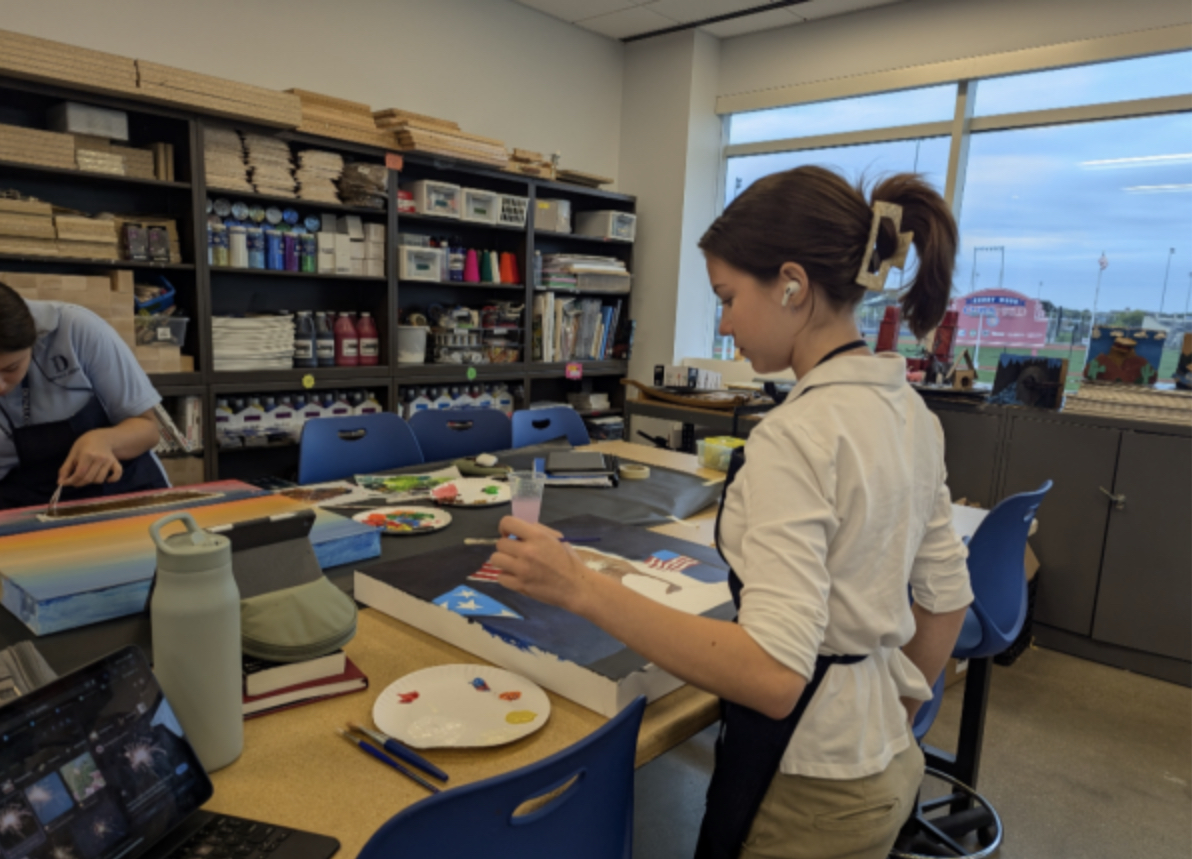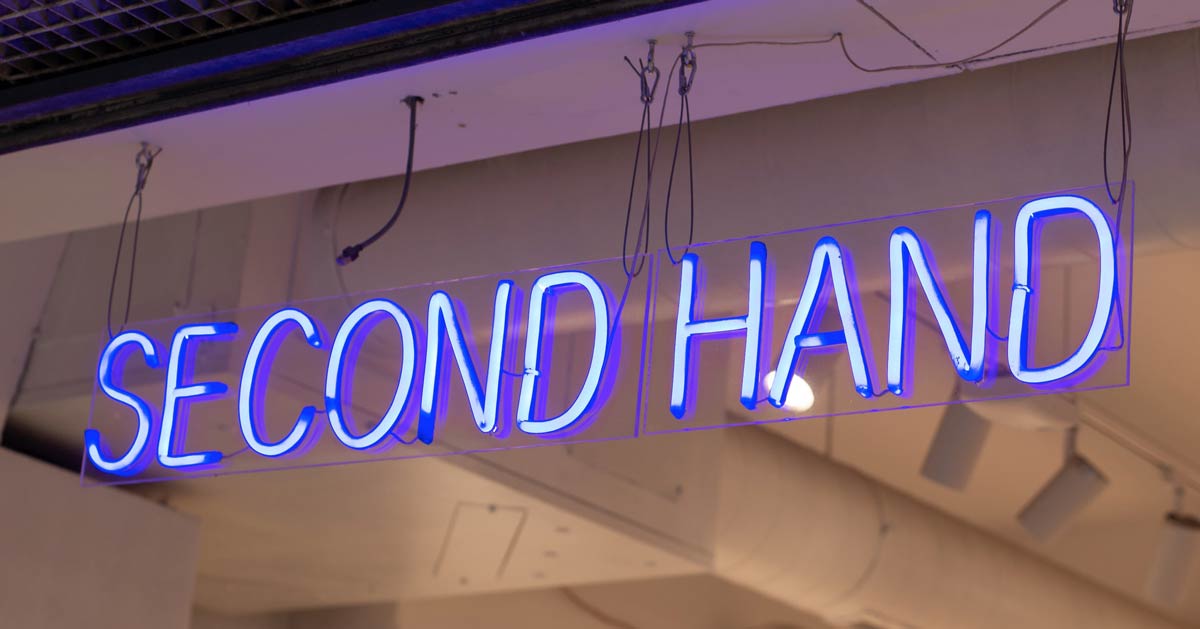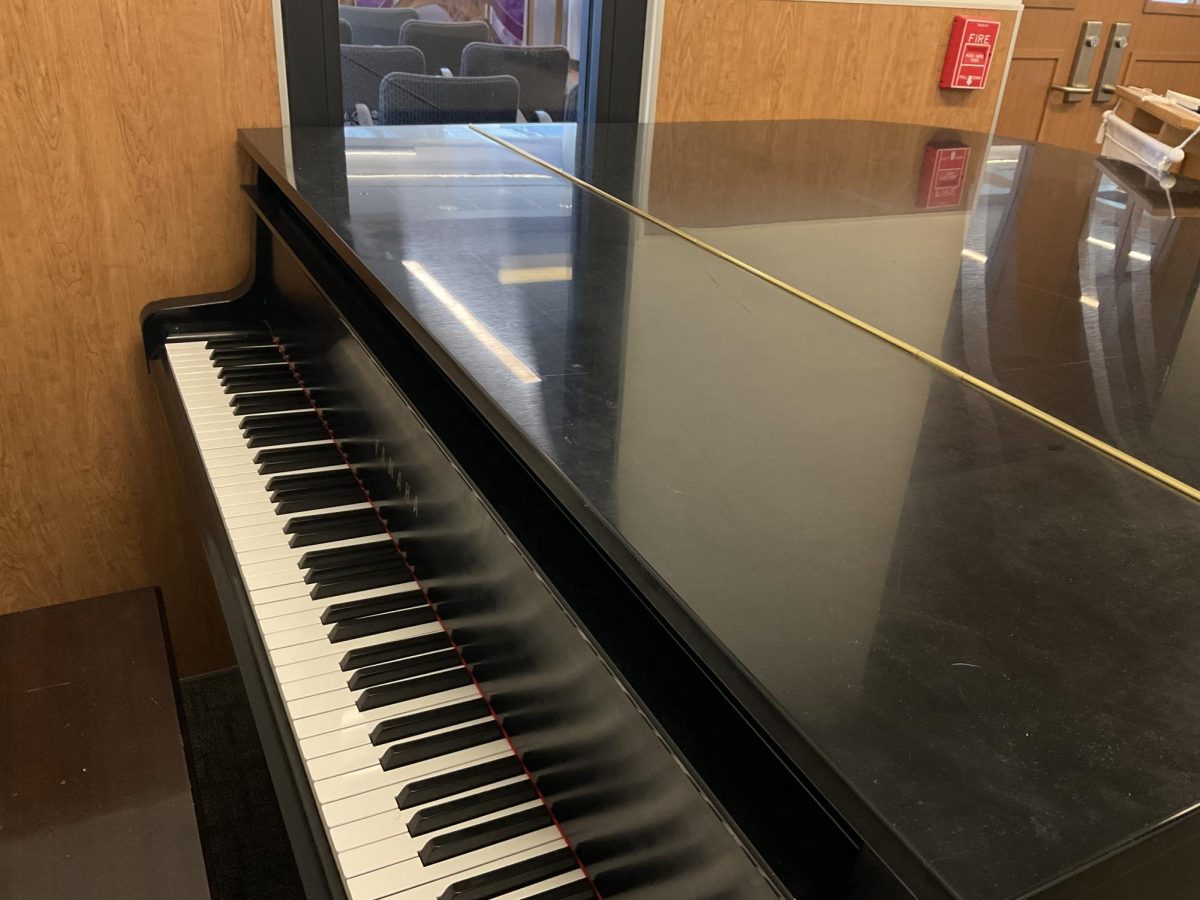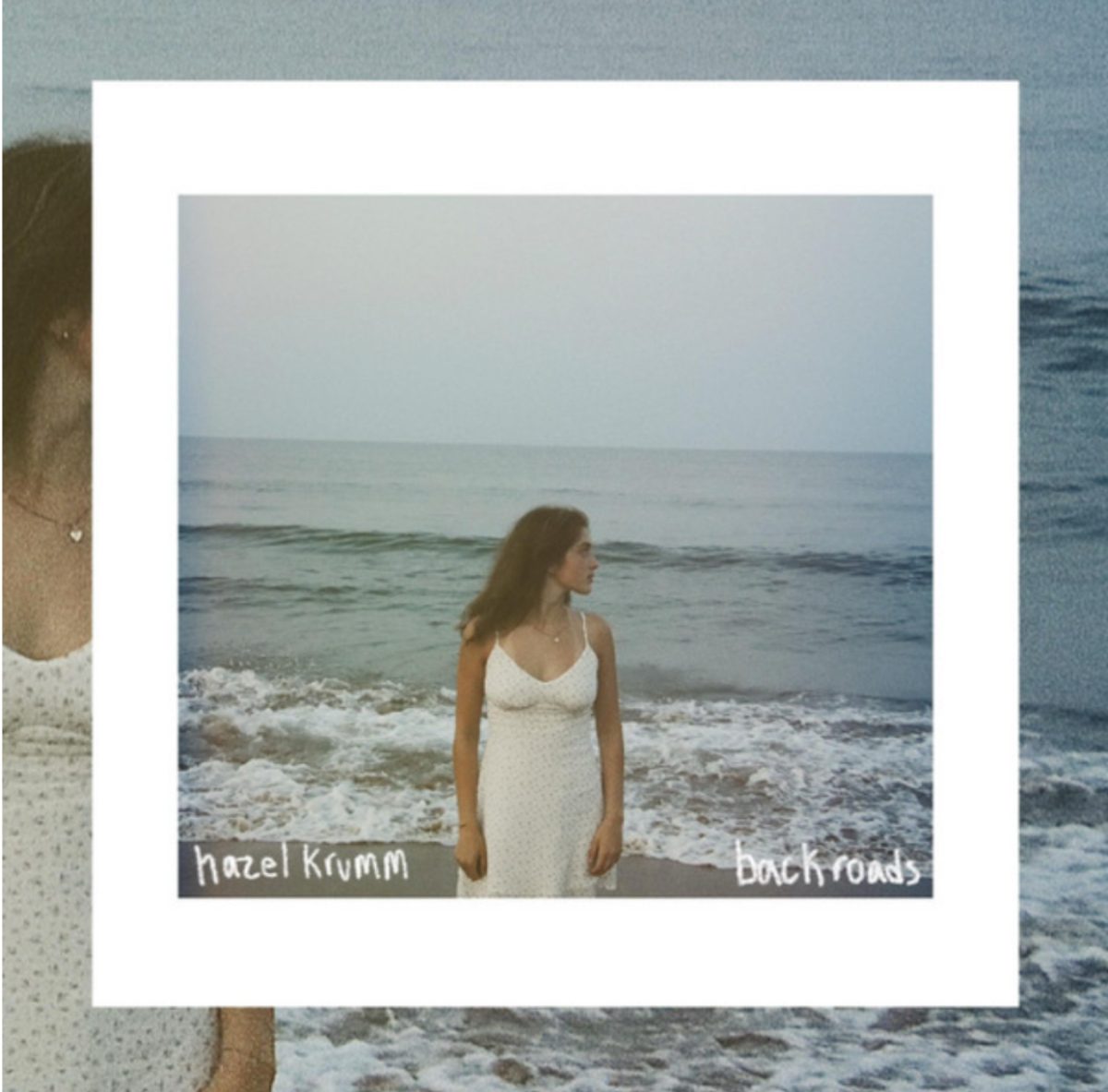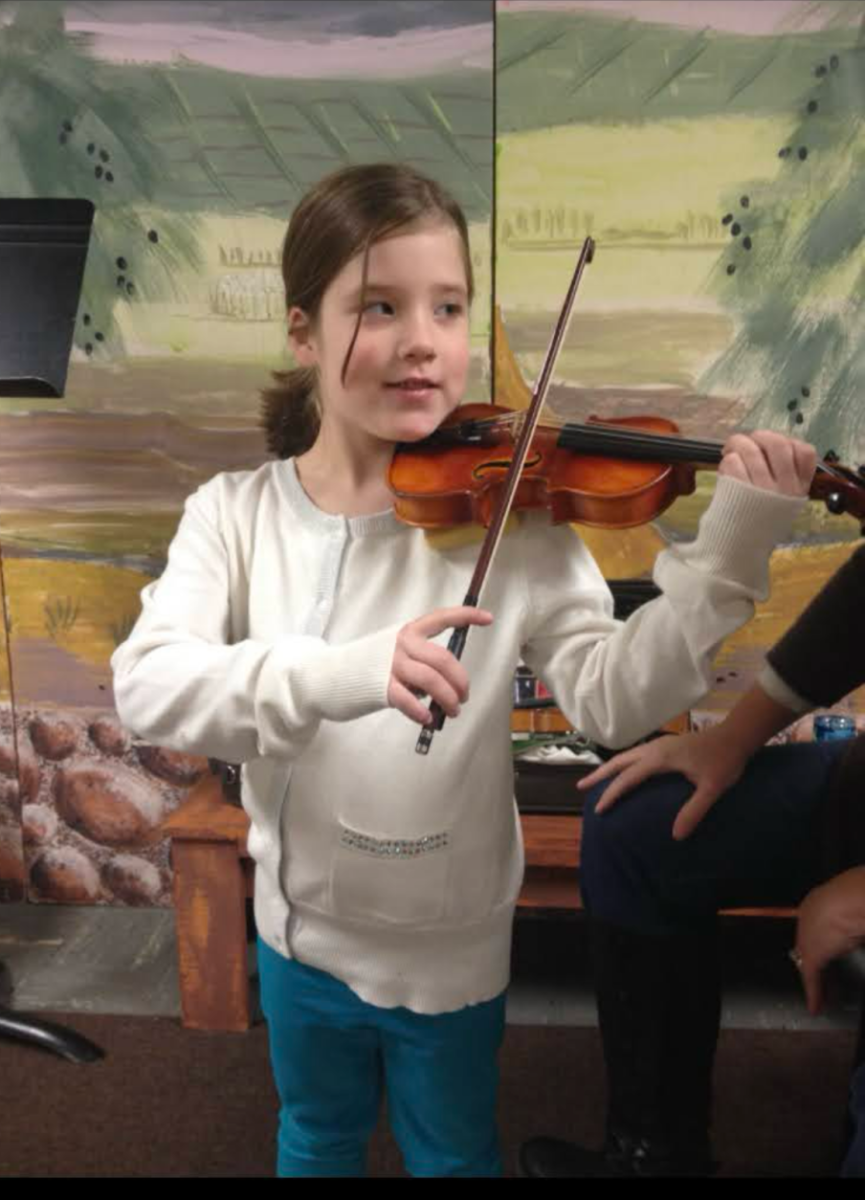DePaul College Prep offers a wide array of International Baccalaureate classes. International Baccalaureate classes, or IB classes for short, are taken for two years during which time students work towards a project that can provide them college credit if they score well enough. The credit can also apply to universities across the globe and not only in the United States, hence the name International. Students can choose to either take all IB classes junior and senior year and try to get an IB diploma or decide to take individual courses ranging from math to language to electives like art.
At DePaul College Prep, IB Art has been taught by Hyunju Park for the past three years, her entire time at DePaul Prep. It has become her favorite class to teach due to the time she spends watching students grow as artists. In the class, students work towards growing their artistic skills and abilities while using a multitude of mediums including painting, charcoal, watercolor, oil pastel, photography, sculpting and drawing, according to seniors Sarah DeChiara and Cecilia Sekowski. Sekowski’s personal favorite medium is oil painting. Currently, the senior class has ten students and the junior class has nine for a combined 19 IB art students.
In terms of the structure of the class, there are different units that focus on different styles or artists. A class day begins with students learning about an artist and studying their work. They then often create their own artwork using the same style. They sometimes even replicate a chosen art piece. According to Park, there are three to four units a semester. Unlike other IB classes with certain units the class must follow, such as IB languages having specific IB themes, The units of IB arts are based on the mediums the students are working on. Throughout the year, they work towards researching for their comparative study (20%), process portfolio (40%) and exhibition (40%), according to Park.
The comparative study is where students look at three artworks from two or more places in the world and look at the function and purpose of the pieces. They study historical context, author’s purpose, composition, and form of quality. The students choose which three pieces to choose at the start of their junior year. DeChiara said she chose Michelangelo’s David and the Fallen Angel painting because they had interested her in the past.
The process portfolio is made up of student’s artwork throughout their two years in the course to show how they have grown as artists. The portfolio is able to convey the impact the course has had on them.
The final project that IB Art students work towards is an exhibition where they choose four to seven pieces of art that they have created and write an artist statement about why they used their chosen mediums and why they presented those three pieces. They then share those pieces with others during a showcase in the black box theater.
Senior Amina Padilla said one unit they worked on junior year was a dream project with acrylic paint and found objects. Found objects are objects that can be found in one’s surroundings. They also created human figure and emotion sculptures as well as took photographs in comparison with artist Hendri Cartier Bresson. They also worked on group projects related to sculpture artists and self portraits.
An example of an art piece from last year is a large abstract painting based on work by Jackson Pollock. Park said that this student spent about a week outside of class working on it in her garage while also documenting her progression in her portfolio. According to Park, other students are able to complete most of their work during class time.
Students like DeChiara decided to take IB Art in order to expand their art techniques. DeChiara says she took the class because “I’m naturally a very creative person. So I thought that by taking IB art together with all of my other classes it would help me get a better idea of different methods and techniques.” She has already seen herself greatly grow as an artist due to experimenting with different methods she would not have used without being in the class.
Padilla decided to take IB Art because “art is something I’ve loved ever since I was little, so I definitely felt that this class would be perfect for me to take.” As a sophomore, some of her upperclassman friends were taking IB and she saw the work they were doing and the projects they were doing and was very drawn to the course, she says.
Senior Kaitlin Chiles chose to take IB art because she was required to take either IB Film or IB Art due to being in full IB. She “decided to do IB Art because I have always been deeply intrigued and fascinated by the beauty of art, and its ability to express ideas, feelings, and beliefs in intricate ways.”
DeChiara also said there is a certain IB mindset that the class uses while studying art. She said how it is “looking at things very critically and…not stopping at [the] surface level…Instead of being like, oh yeah the colors are different…we’re looking at it through a much more critical lens.” The students really dissect each part of the art and see why it is unique.
In order to incorporate ordinary life into the students’ art projects, Park says she “introduce[s] artists whose works blur boundaries between art and life” that are related to their surroundings and current events.
IB Art is also a very in-class focused program. Most of the work is done so that students are able to have a lot of time in school to work on their art so they can meet with Park one on one. Park says she tries to have a good balance between studio and instructional time with about a 3:2 ratio. Typical homework is usually students researching artists they will later study. Sewowski says, though, that for some large projects it can take anywhere between three to ten hours to complete it at home.
A lot of trained art skill is not required for the class. Padilla mostly self-taught herself art techniques and art knowledge through YouTube and “figuring it out on my own.” At DePaul Prep she took only Art Foundations 1 before IB Art but had previously taken art classes in elementary school and at camps. According to Padilla, students still should have some knowledge of the fundamentals of art because all art builds from basic techniques and theory.
On the other hand, Chiles had “very, very little art experience” and had only taken one art class before during middle school. She “was in an art related colloquium my sophomore year, which fostered a curiosity for art as well.” She now does art outside of school, especially drawing.
Padilla wholeheartedly recommends the class and is very glad she decided to take it because she has “gotten to know more about my peers through this course, some of which I never knew did art in the first place” while also “learn[ing] a lot more about different underground artists and various art movements throughout history.” She believes this is vital to the class because it is “super important to know in order to understand not just the art of today, but also how we’ve progressed as a society.”
Chiles has learned a lot from the class and though she was at first “very nervous about it” and “worried that I wouldn’t do well”, and acknowledges that “the class has been quite difficult, and my journey in IB Art has at times been frustrating, it truly has been incredibly rewarding.” She says though her art has come a long way, she has “learned that the journey of self growth and progress is much more important than the end piece, and this class has taught me the value of patience and confidence, both in yourself and your abilities.” She says “it’s had a lasting impact in my life…and I know I will definitely be continuing to create art long after I graduate!” Chiles encourages students who are “passionate about creative and artistic expression” to take the class.
Sekowski recommends the class because it has “pushed my artistic abilities” and she has “created pieces I never thought my abilities could amount to.”
As for DeChiara, who had never taken an art class at DePaul Prep before, the advice she would like to give students who are looking into joining the class in the future is “you don’t need to be a Picasso or a Da Vinci at art. As long as you’re passionate for art and you’re willing to do art, it’s definitely something I recommend.”
Park “encourage[s] students to join the program if they want to be engaged in their process and be thinking like an artist through [a] creative and critical mindset.” Her goal is for students to “understand the power of art, power of visual language.”
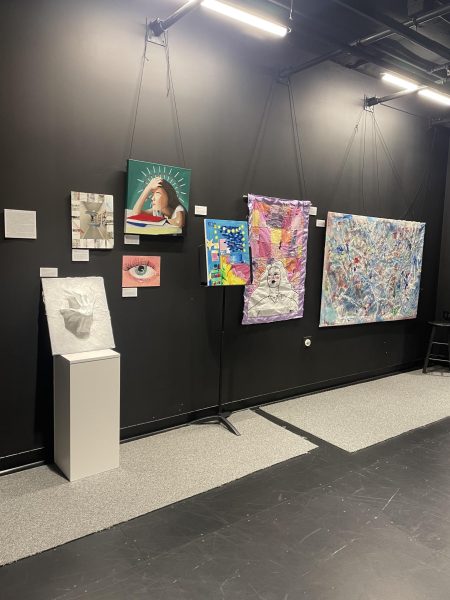
Kate Mueller, 2024 IB Full Diploma graduate
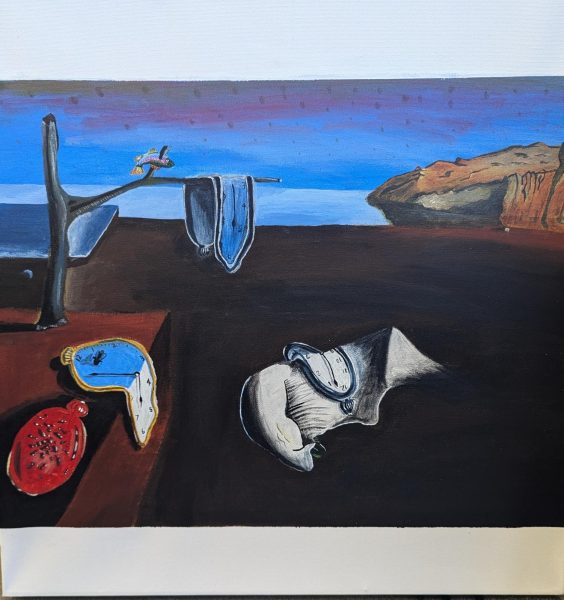
Teddy Trout, IB Visual Arts Year 1 student


